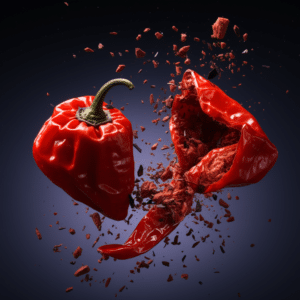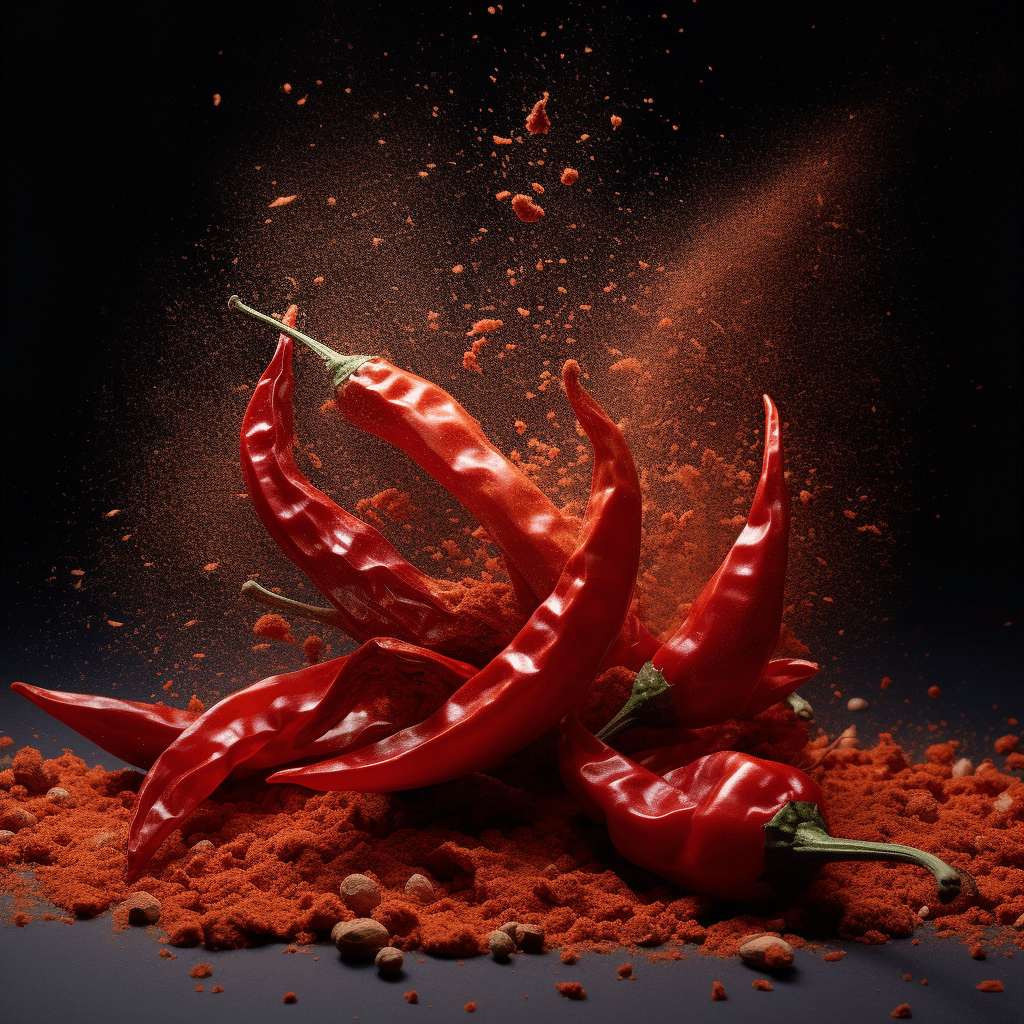Annatto Vs.Paprika
Annatto vs. Paprika: Annatto and paprika are spices that add color and flavor to food. They were initially found in North America and Mexico, but due to human interactions, they are found in many parts of the world. Annatto is an orange-red spice derived from the achiote tree. It gives food a yellow-orange color and adds aroma and flavor. Paprika is derived from mild peppers which are grounded into fine powder. Annatto and paprika look similar but are different in several ways.

Annatto Vs.Paprika: Overview
Origin
Annatto originated in the wild in the tropical regions of Mexico and Brazil. Traditionally it was used for body painting during rituals, as sunscreen, and as an insect repellant. It had medicinal use too. With time, people discovered it could be used as a spice for coloring and flavoring food. Paprika was first used in the Central Mexico region where Annatto vs. Paprika pepper was initially grown. Initially, paprika was made of hot pepper, but more mild variations have been introduced.
Nutrition Facts
Annatto contains several nutrients. 5 grams of annatto powder contains; 20 calories, 3 grams of carbohydrates, 0.4 mg of iron, and 1 gram of protein.
Paprika, on the other hand, contains; 6.49 calories, 0.325 grams of protein, 1.24 grams of carbohydrates, 0.80 grams of fiber, 0.24 grams of sugar, and 0.29 grams of fat in 1 teaspoon. Paprika and annatto are good sources of calcium, potassium, magnesium, niacin, and vitamins E and K.
Culinary Uses
Annatto
Annatto is used for coloring food items such as cheese, ice creams, dessert, fruit fillings, margarine, and yogurt. Additionally, its earthy, musky, and peppery taste adds flavor to dishes. It can also be processed into paste, marinade, and oil.
Paprika
There are hot (Hungarian paprika), sweet (regular paprika), and smoked (Spanish paprika) kinds of paprika. This spice is used to color and flavor foods like potatoes, roast chicken, steak, and veggie salads. It can also be used as a marinade for barbecues.
How To Store Paprika And Annatto
Spices are best stored at room temperature; in a cool dry place. You can put your spices in well-labeled jars and store them in a drawer, shelf, pantry top, or any dry place. You should avoid putting them in direct sunlight; it reduces their shelf life. Spices have a long shelf life and are considered non-perishable. If well stored, a spice can last for up to 5 years. Spices do not require refrigeration or freezing.
How To Tell Your Spice Has Gone Bad
If your spice has lost its aroma, taste, flavor, or color and has molded, it might be an indication that it has gone bad. Poor storage could lead to shorter shelf life. Put spices away from direct light, water, and any other contaminant.
Health Benefits Of Paprika
- Paprika contains capsaicin which has anti-inflammatory properties that may help in controlling conditions such as asthma, arthritis, and rheumatism that are caused by inflammations.
- It contains antioxidants that help fight free radical cells and may thus reduce the risk of cancer.
- It helps in pain relief. Some topical pain relievers contain capsaicin.
- Capsaicin can suppress appetite controlling excess weight gain. This reduces the chances of obesity and high cholesterol, reducing the risk of heart diseases.
- It contains properties that help control skin damage from Uv rays.
- It might boost immunity.
- It might help in gas and digestion disorders.
- It may promote healthy vision. Vitamin E, beta carotene, Zeaxanthin, and lutein help fight free radical cells that damage eyesight.
- It is essential for healthy blood. Paprika contains iron and vitamin E that aid in carrying oxygen and repairing cell membranes respectively.
Health Benefits Of Annatto
- It contains anti-microbial properties that might help in fighting diseases and infections.
- Carotenoids, terpenoids, tocotrienols, and flavonoids found in annatto are antioxidants that help control the spread of free radical cells. These cells damage healthy cells causing diseases and conditions such as cancer and heart diseases.
- It may help suppress cancer cell growth in certain cancers such as prostate, liver, skin, and pancreatic cancer.
- Carotenoids found in annatto may help promote healthy eyes.
- It might help fight heart diseases. Annatto promotes low cholesterol levels in the blood, reducing the risks of heart diseases.
- It contains anti-inflammatory properties which help fight conditions such as arthritis.
- It may strengthen bones. Calcium found in Annatto may help promote healthy bones.
- Annanito has expectorant properties and may help in the relief of mucus-related disorders such as coughs, bronchitis, and asthma.
- It may help relieve stomach upsets.
- It May help in skin care. Annatto paste is used to treat minor wounds. It may also help the skin from the effects of Uv rays.
Side Effects
People who are allergic to annatto or paprika may have an allergic response to them. Signs of an allergy include swollen lips and mouth, irritated and red skin, feeling sick, throwing up, sweating a lot, and having fits. If you ate too much capsicum, you could also hurt your stomach, your mucous membranes, cough, bleed, or tear. If you eat paprika on an empty stomach, you might get the stomach flu, feel like your stomach is on fire, or have soreness in your stomach. It is best not to eat spices when you are hungry. Irritable bowel syndrome (IBS) may be caused by annatto. It could also cause blood pressure to drop.

Precautions
Before using any spice, check the ingredients on the packaging label. If you are allergic to any of the ingredients, avoid using them.
Pregnant women should be cautious when using paprika and annatto. There is not enough research to show the effects of these two spices on unborn babies.
If you get an allergic reaction after consuming or applying these spices, you should consider stopping their use. If the signs are severe, you might consider seeking medical attention.
Annatto vs. Paprika are spices used to enhance flavor, color, and aroma in dishes. They originated from Mexico but have spread to most parts of the world.






